The Expendables is packaged as a celebration of the action hero archetype that Stallone helped to make popular in the 1980’s. It is neither a full on parody nor a deconstructionist take on the genre, though it contains elements that will undoubtedly be viewed as unintentionally ironic by some. It is a faithful representation of a specific type action film that was fairly common in the decade of excess. Its level of fidelity to that type of film is both its greatest strength and its Achilles heel.
The film has a richer color palette than Stallone’s last two directorial outings. There is a greater reliance on close-ups, as well as a noticeable reduction in image sharpness. Normally picturesque vistas are somehow made to feel smaller than they actually are. The lack of vast wide shots gives the action sequences a slightly more immediate feel, as though the characters have little room to maneuver, despite the geography of their surroundings. Conversely, it makes the film seem as though it was originally intended as a straight to DVD production. This is an interesting development in Stallone’s evolution as a filmmaker.
Since Stallone’s heyday, the R-rating has become considerably more accomodating in regards to graphic violence. Stallone takes full advantage of this, relishing in shots that show the effects of projectile-based weaponry on human flesh. At some points, the destruction on display becomes downright comical in its sheer brutality. To Stallone’s credit, the carnage retains a sense of visual discipline and never careens into Michael Bay style incoherency. The fight scenes are done with a child’s enthusiasm for back yard rough housing and tussling. Stallone incorporates current editing techniques that purists may see as a betrayal of the very aesthetic that he is paying tribute to, but it at least shows that he acknowledges the stylistic evolution of the genre over the past few decades.
From a screenplay standpoint, The Expendables is not as focused as either Rambo or Rocky Balboa. Perhaps realizing that today’s audiences might have a hard time taking much of this seriously, Stallone allows quite a bit of self-aware humor to creep into the proceedings. The Expendables seems conscious of how ridiculously its genre tropes play in today’s world, yet key moments in the film clearly are going for high drama. This is frustrating, and makes the film feel tonally scatterbrained. To be fair, many of the jokes do work in their given context. It would have been more satisfying to see the film take a side.
Stallone is pretty much playing himself. The same goes for Jason Statham, who comes the closest to being a flesh and blood character with human concerns. Dolph Lundgren is relegated to the kind of role that makes his lack of acting talent tolerable, yet still noticeable. The criminally underutilized Terry Crews has some truly great moments involving heavy weaponry and looks right at home in this kind of film. Jet Li provides some solid comic relief, but is denied a chance to allow his martial expertise to truly shine.
Though The Expendables never quite finds a consistent tone, it manages to never completely drop the ball and goes a long way toward redeeming itself in the final act. The visceral kick of the action scenes go a long way toward challenging the notion that story and character matter above all else. An extended running time and more focused screenplay could have really made this the action blow out that Stallone intended. As is, it’s a slightly above average action flick that will have fans smiling more often than not.



3.25 Out of 5
Follow Malice Intended on Twitter @ http://twitter.com/renaissance1977
Follow Us on Twitter @ http://twitter.com/planetill
Join Us on the Planet Ill Facebook Group for more discussion
Follow us on Networked Blog

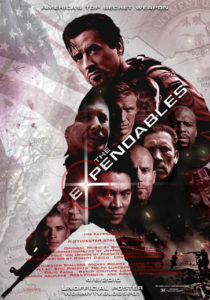
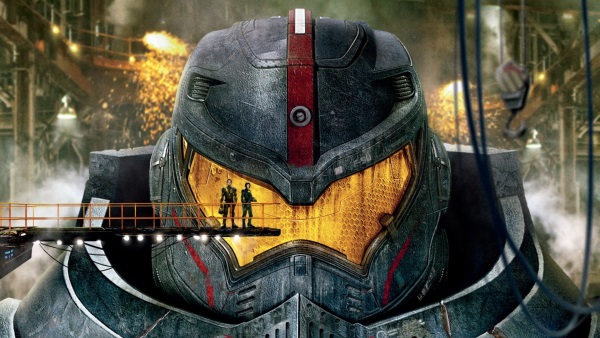
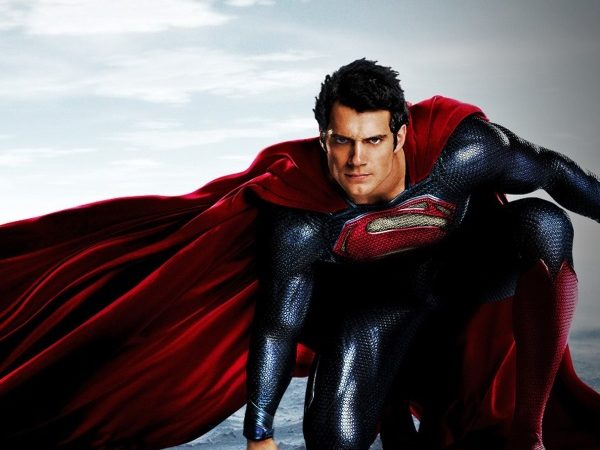
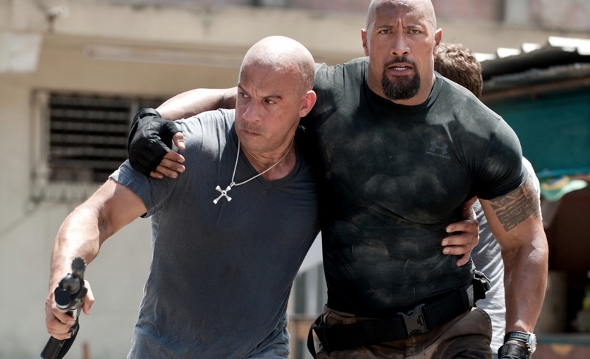
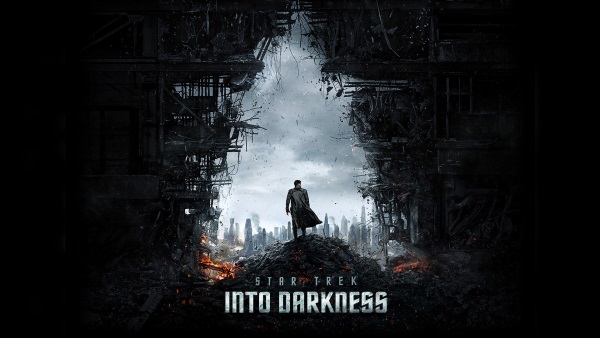
3 thoughts on “Movie Review: The Expendables”